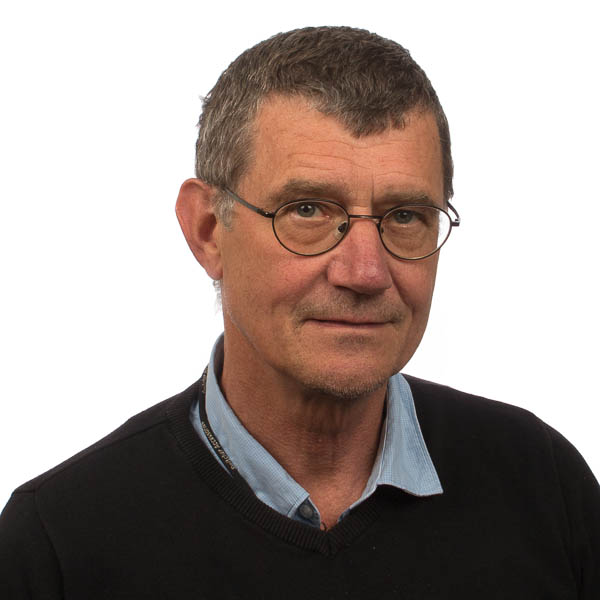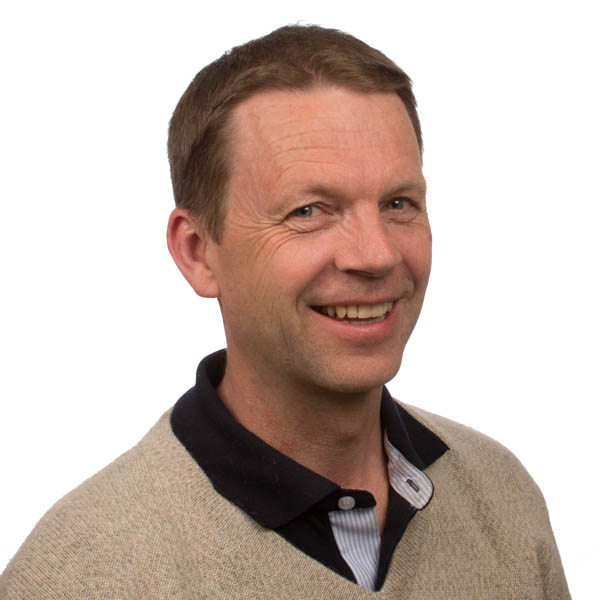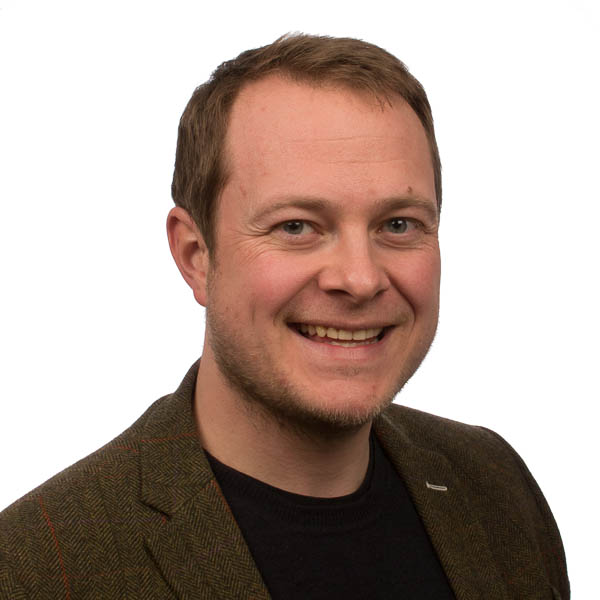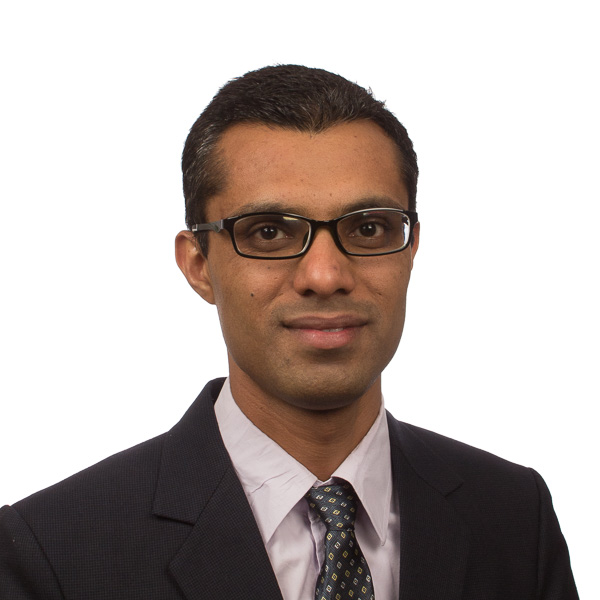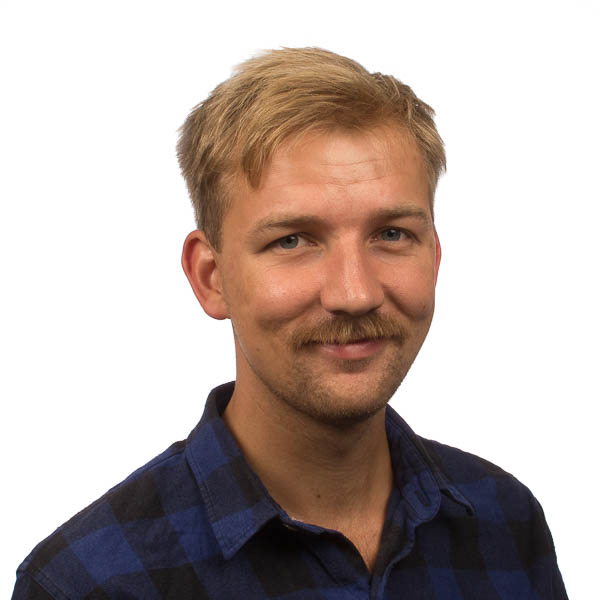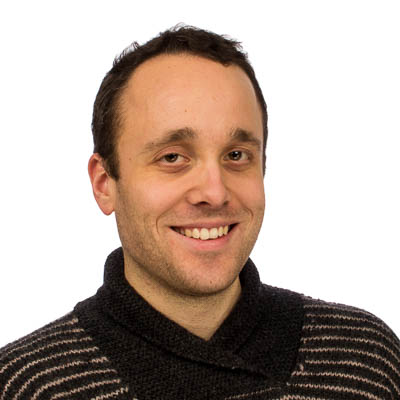Francis-99 third workshop
Third Workshop
Third Workshop
All Francis-99 pages and associate data have been moved to:
Scope of the workshop
Scope of the workshop
Scope of the third workshop is fluid structure analysis under steady state operating conditions. More specifically, parameters such as study of mode-shape, nodal-diameter, deformation, fatigue loading, estimation of fatigue life, individual/combined natural frequencies, hydrodynamic damping, harmonic response, etc. will be investigated2.
The Hydrofoil test case focuses on fluid structure analysis (one-way or two-way) and to study one/many of the above parameters. Basic/fundamental research is the main objective and how the approach (applied on hydrofoil) can be useful for the complex structure such as turbine blades. CFD analysis of the hydrofoil will be welcomed if sophisticated turbulence modeling approaches such as, detached eddy simulation, large eddy simulation (LES), hybrid RANS/LES, and direct numerical simulation (DNS), are used that will help to understand the mechanics of vortex shedding and the resonance. In addition to the harmonic response, modal analysis, acoustic model, two-way FSI is also encouraged.
The turbine test case focuses on fluid structure analysis (one-way and/or two-way) and to study one/many of the above parameters. CFD analysis in turbine is NOT the focus as it is already covered under the previous Francis-99 workshops.
Disclaimer
Disclaimer: The provided data, geometry and mesh under Francis-99 workshop series are free for research and education. Upon the usage of the data and the geometry, acknowledgement must be given. “We/I used the test-case provided by NTNU – Norwegian University of Science and Technology under the Francis-99 workshop series.”
1Trivedi, C., Cervantes, M.J., 2017. Fluid structure interaction in hydraulic turbines: a perspective review. Renewable & Sustainable Energy Reviews 68, 87–101. https://doi.org/10.1016/j.rser.2016.09.121.
Go to top


